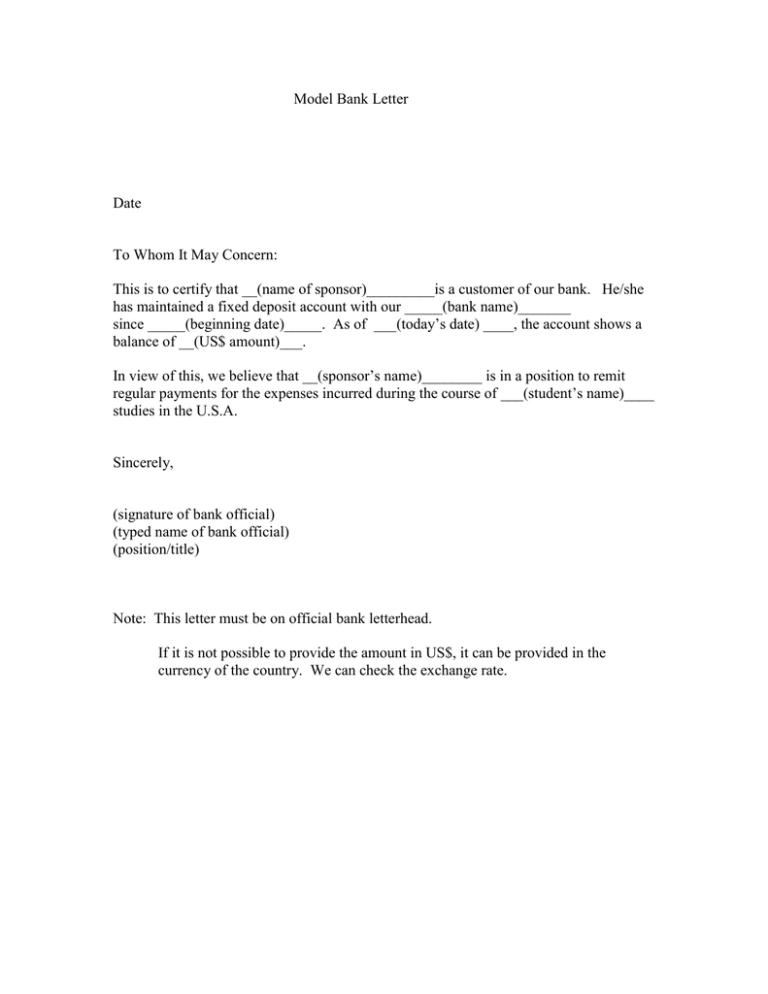

Now let's get into those alternative forms of address. But it's still good to keep in mind when communicating with someone you don't know. Not all of this applies if you don't know the person's name. Lastly, if someone has a Doctorate or other official title/honorific, you should address them that way.

Not everyone does this, but it's becoming more common. Sometimes people will list their pronouns in their profiles, like "Jennifer Morgan, she/her" or "AJ DePew, they/them". If you want to discover how someone identifies, you can try to find them on social media (Twitter, LinkedIn, or Instagram are probably your best bets). If you know that the person prefers one over the others (you see "Please contact Miss Jennifer Morgan for more information" or something similar), use that. The safest bet is to use "Ms.", as it doesn't imply a married or single status. If you're not sure, you can try to find out more information (see methods below) or choose some other form of address.įor women/femmes, be aware of whether you use Miss, Mrs, or Ms. Just make sure you know how that person identifies so you can use the proper title. If you know the person's name, you have a couple options when addressing them.

Until you've established a bit of a rapport with this person, keep it polite and basic. You should probably avoid any language that's too familiar or where your meaning could be misconstrued (see the "Hey babe" above).

So what do you say? Well, you can usually count on "Dear " (or any of the other options below if you don't know their name) - it's formal but not stuffy, and it's a pretty widely-accepted way of starting a written communication (at least in the States). So you probably wouldn't start a letter with "Hey babe, what's up?" Even if you know their name, it's not like you're buddies - yet. When you're communicating with someone you don't know, you should put some thought into how you address them. This may seem obvious, but there are a few things to consider.
#To whom it may concern letter how to
How to Address a Letter in the First Placeįirst of all, it helps to know how exactly to start your letter in the first place.


 0 kommentar(er)
0 kommentar(er)
